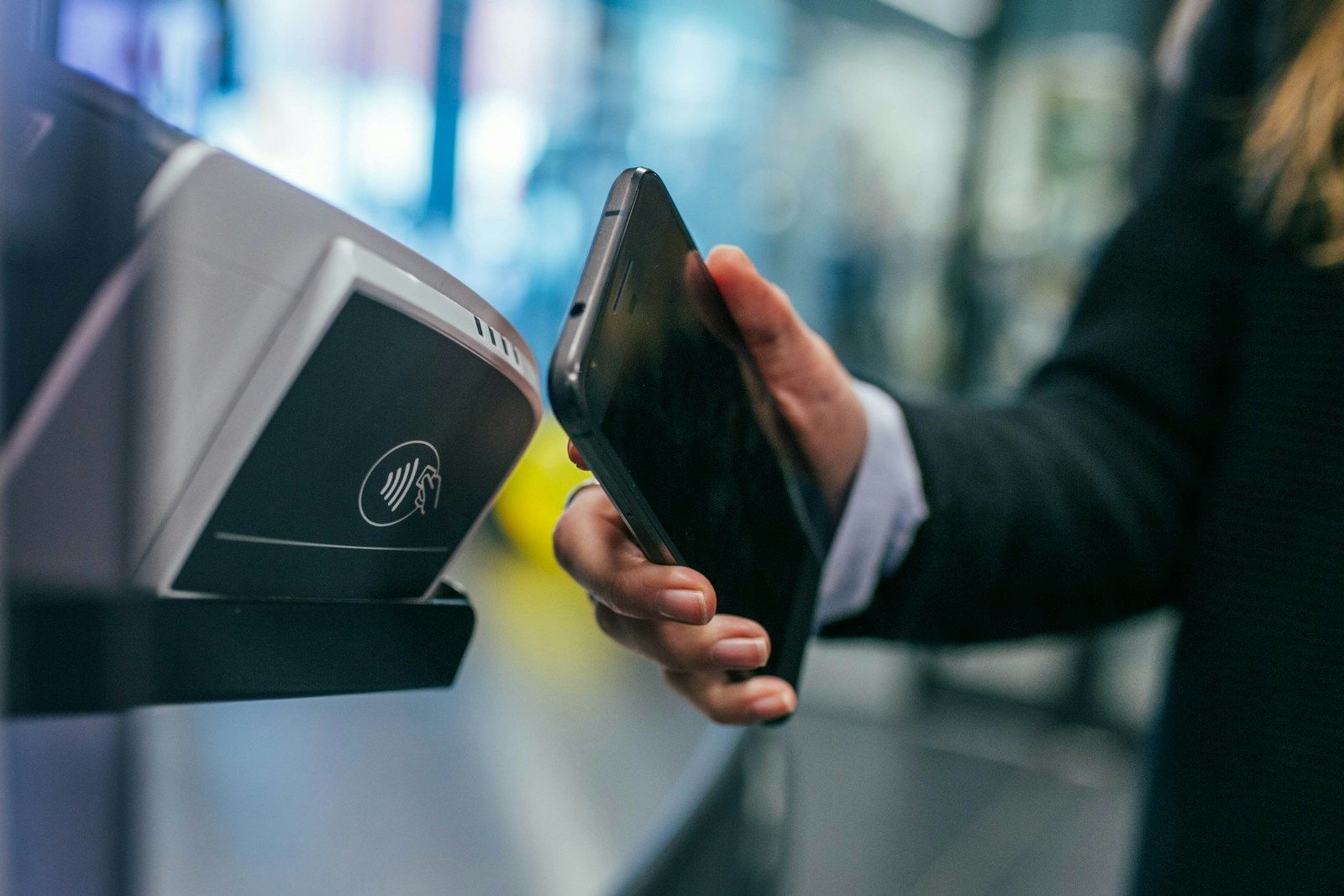In our increasingly globalized world, the need to send and receive money across borders has become a daily necessity for businesses, freelancers, travelers, and even families. This process, commonly referred to as international payments, is essential for global trade, outsourcing, and remote work. But how do these transactions actually work behind the scenes? Let’s break it down in simple terms.
What Are International Payments?
International payments are transactions in which money is sent from one country to another, typically involving a currency exchange. These payments are commonly made between individuals, businesses, or institutions in different countries.
For example, if a company in the United States hires a web designer in India, they will need to pay for the services rendered. That payment — from USD to INR — is considered an international payment.
Why Are International Payments Important?
These payments are the lifeblood of global commerce. From paying overseas suppliers and remote employees to purchasing goods on international websites, cross-border transactions are central to modern life. They help companies expand globally, allow freelancers to work with international clients, and enable families to support loved ones abroad.
Key Components of an International Payment
Here are the key elements that make international payments possible:
- Sender and Receiver: The two parties involved — the one sending the money and the one receiving it.
- Currencies: Most international payments involve converting one currency into another. This requires access to foreign exchange (forex) markets.
- Banks or Financial Intermediaries: These include traditional banks or modern fintech companies that process the transaction.
- Payment Network: Systems such as SWIFT (Society for Worldwide Interbank Financial Telecommunication) facilitate communication between banks globally.
How International Payments Work Step-by-Step
Let’s simplify the process using an example:
Step 1: Initiating the Payment
The sender logs into their bank or payment service and initiates a transfer. They’ll provide details like the recipient’s name, bank information, amount, and currency.
Step 2: Currency Conversion
If the sender is paying in a different currency, the bank or service will convert the funds based on the current exchange rate. Some platforms offer fixed rates while others use real-time market rates.
Step 3: Routing Through Intermediary Banks
For transfers between banks that don’t have a direct relationship, the money might go through intermediary or correspondent banks. These banks help move the money between financial institutions across countries.
Step 4: Payment Settlement
Once the funds arrive at the recipient’s bank, the money is deposited into their account. Depending on the service used, this can take from a few seconds to several days.
Popular Methods for Sending International Payments
- Bank Wire Transfers: Traditional and secure, but often slow and expensive.
- Online Payment Platforms: PayPal, Wise (formerly TransferWise), and Payoneer offer faster and cheaper alternatives.
- Mobile Wallets: Used frequently in developing countries; services like M-Pesa and Alipay make payments more accessible.
- Cryptocurrency Transfers: Though less mainstream, some users opt for Bitcoin or stablecoins for low-cost international transfers.
Costs Involved in International Payments
Sending money abroad usually incurs several types of fees:
- Transfer Fees: Charged by banks or platforms to process the payment.
- Currency Exchange Markup: A hidden cost where the provider offers a less favorable exchange rate than the market rate.
- Intermediary Bank Fees: If correspondent banks are involved, they may deduct their own fees from the transfer.
It’s crucial to compare providers and be aware of these charges, as they can eat into the total amount received.
Processing Times
The speed of an international payment depends on the method used:
- Bank wires: 1–5 business days
- Fintech services (e.g., Wise): Within a few hours to 2 days
- Cryptocurrencies: Instant to a few minutes, depending on network congestion
Faster methods are often more expensive, so it’s a trade-off between cost and speed.
Challenges of International Payments
- High fees and exchange rate markups
- Slow processing times, especially with traditional banks
- Lack of transparency
- Regulatory and compliance issues like KYC (Know Your Customer) and AML (Anti-Money Laundering)
The Future of International Payments
Technology is rapidly transforming how cross-border payments are handled. Fintech startups are offering faster, cheaper, and more transparent options. Blockchain is being explored for its ability to offer real-time, secure international transactions without intermediaries.
Regulators worldwide are also working to make international payments more seamless and secure, which could result in fewer delays and lower costs for users.
Final Thoughts
International payments power global commerce, connect families, and enable businesses to grow beyond borders. While the process may seem complex, understanding the steps and options available can help you choose the most efficient and cost-effective method.
Whether you’re a business owner, freelancer, or just someone sending money to family overseas, knowing how international payments work puts you in control of your financial decisions.
Read More From Techbullion



































